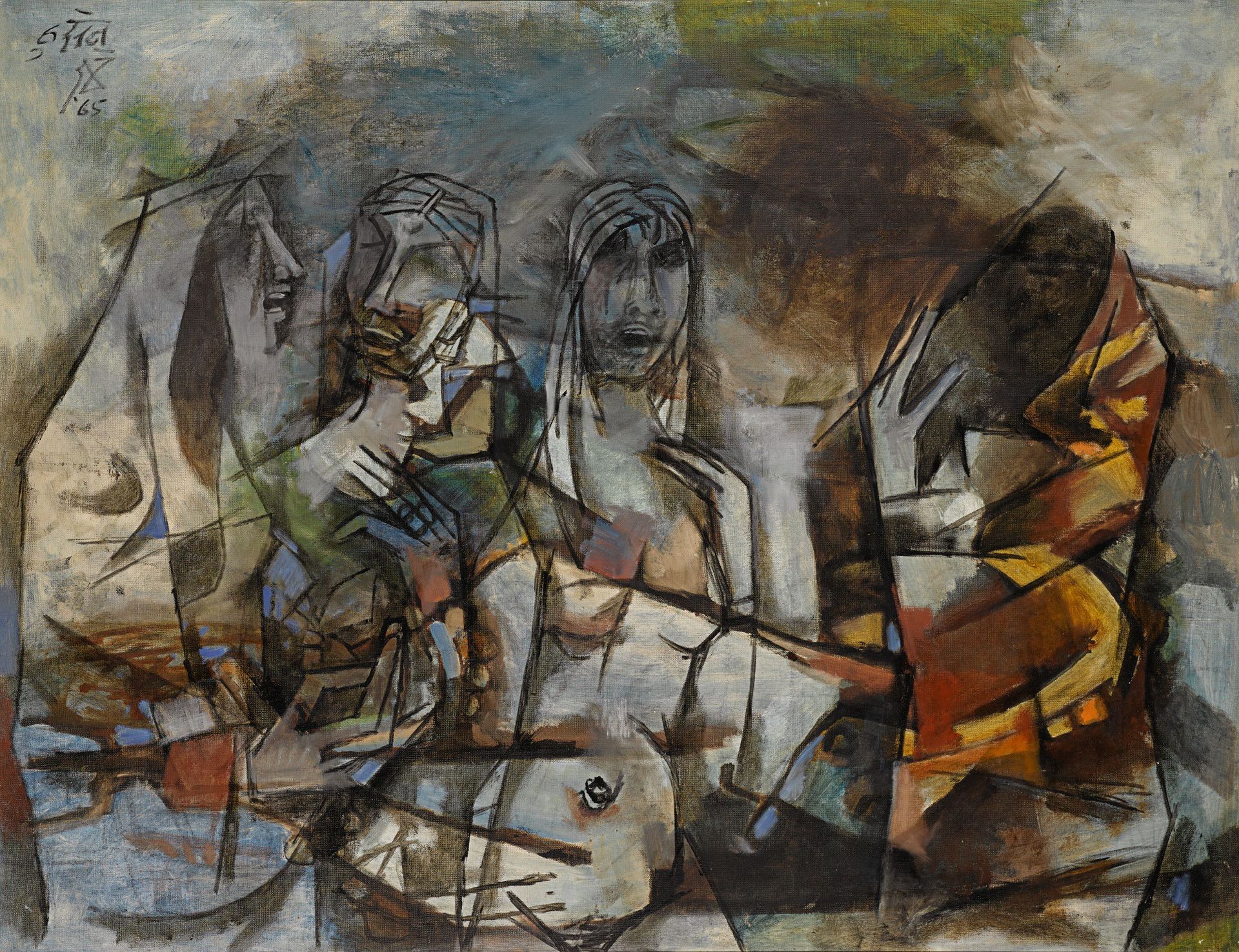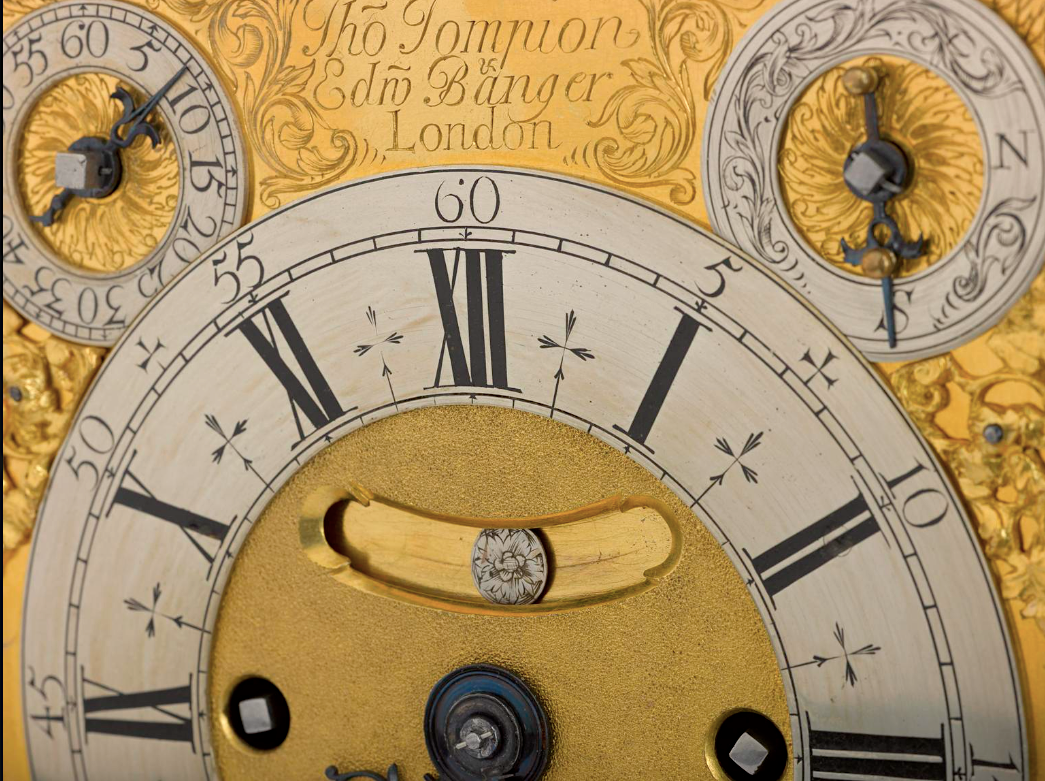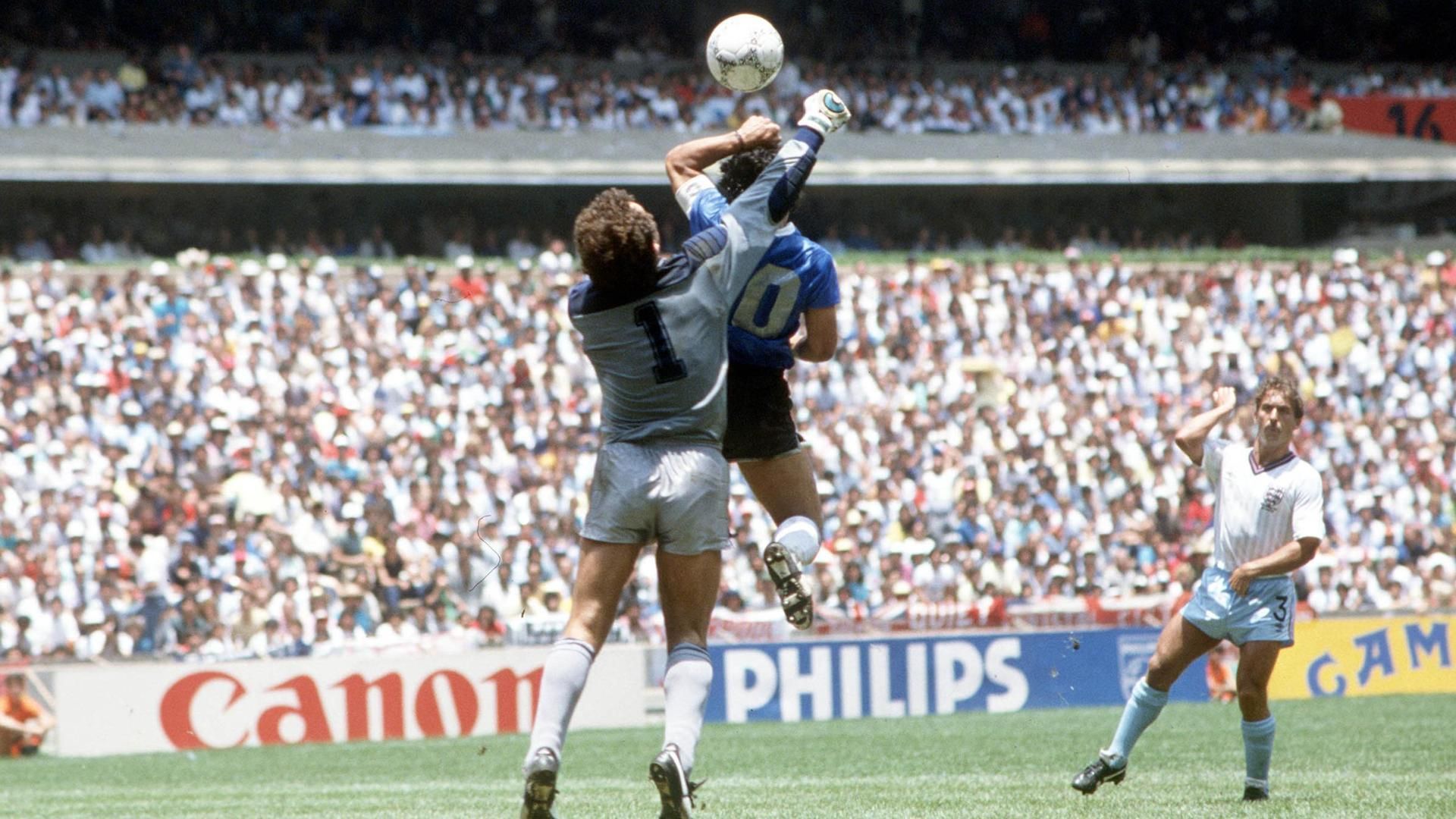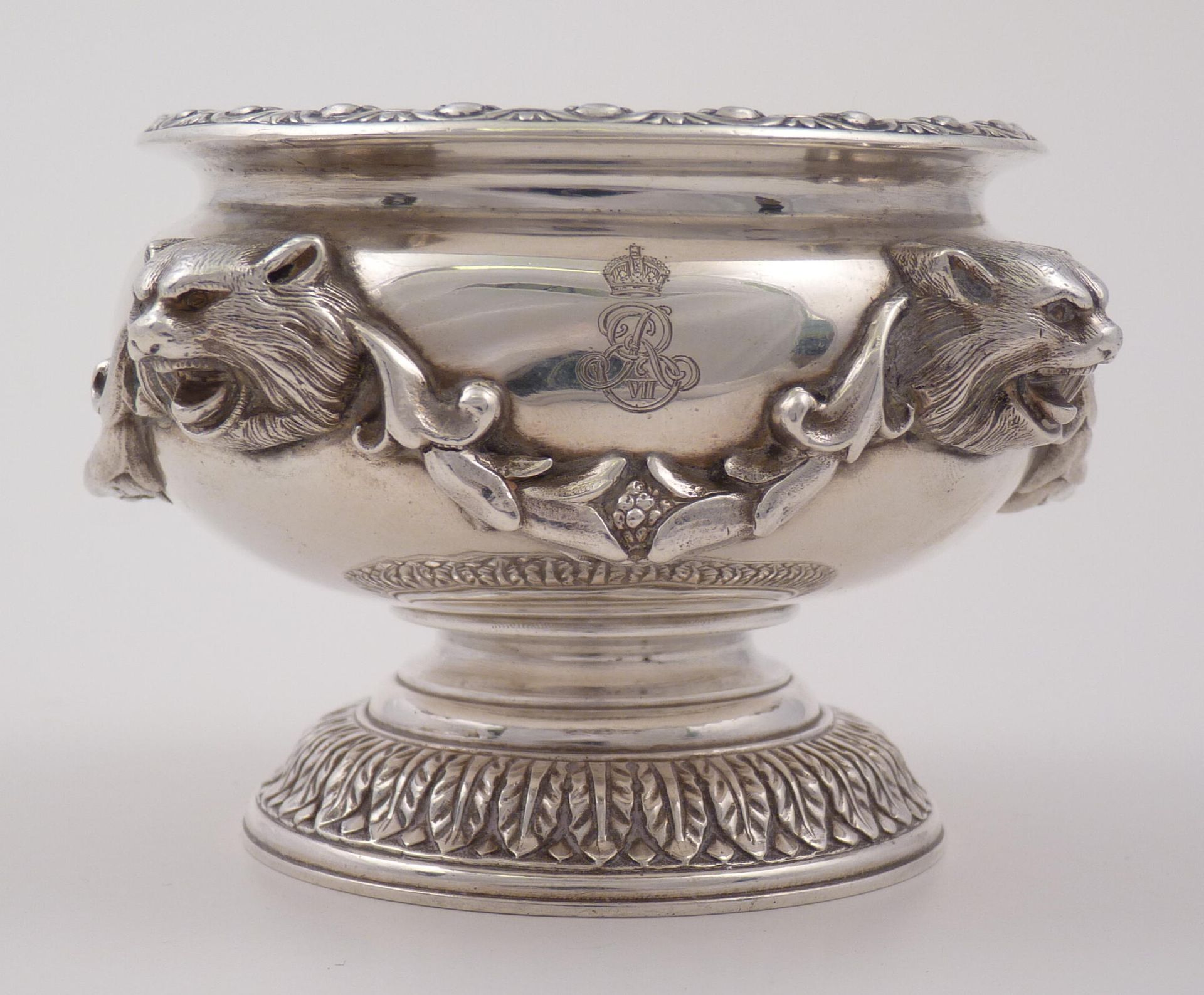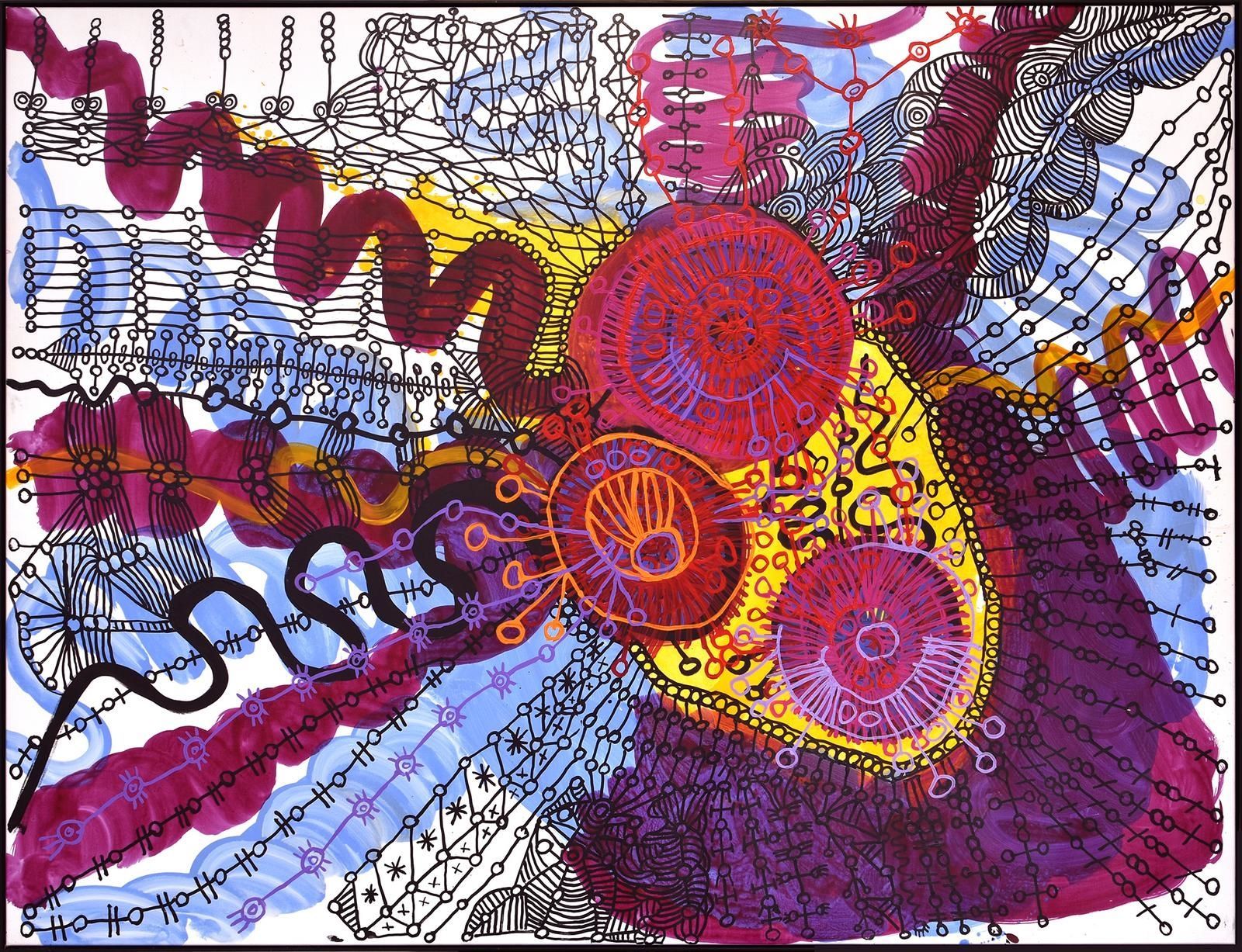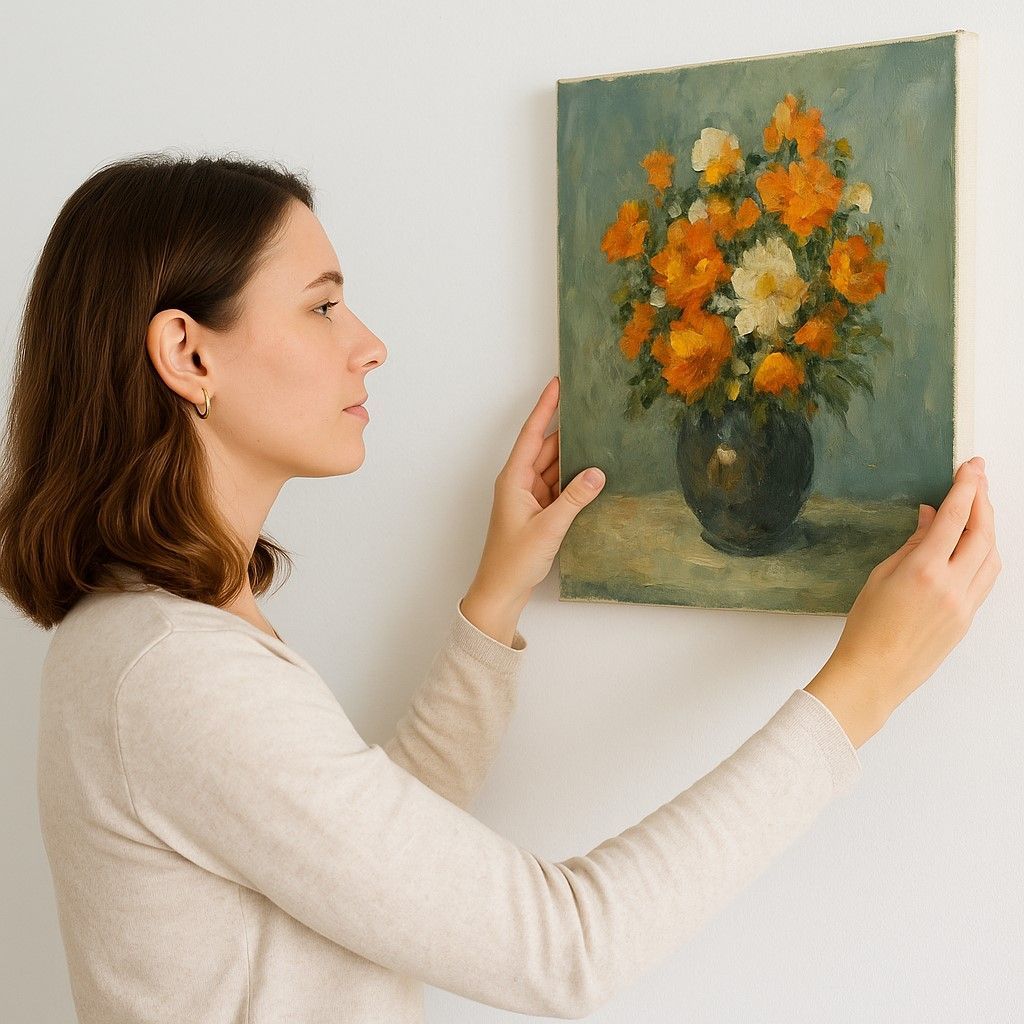Share post
Please enjoy this article on Laboratory Grown Diamonds written by Kerry Hall here at Quastel Associates;
Firstly, lets clear one thing up; laboratory grown diamonds are real. They have the same physical and chemical properties as natural diamonds and come with a diamond certificate, as you would expect when purchasing a natural diamond. They can be as durable and as dazzling and to the naked eye, a high-quality lab grown diamond can prove very difficult to differentiate. This is because both natural and lab grown diamonds are created under very similar conditions but just in a vastly different timescale. Where mined diamonds are created under the earth’s pressure over millions of years, lab grown diamonds are created in a lab/factory in a couple of months. Once produced/mined, both are cut and polished ready for market.
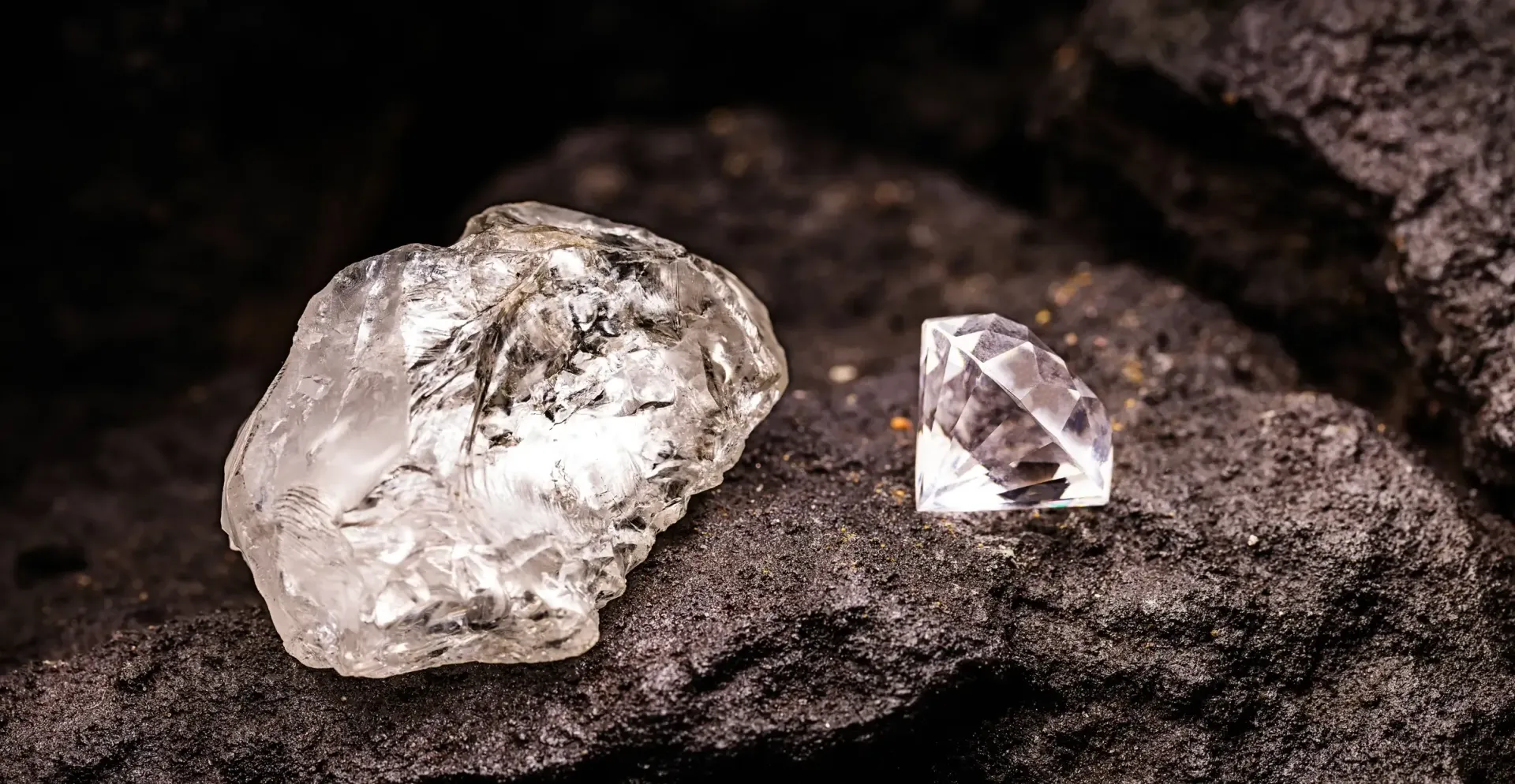
So, are there any differences at all? Well that all depends on the quality and production of the lab grown diamonds. There are some excellent lab grown diamonds in the market but you’ll also come across some which do not pass the test to the more discerning or expert eye. The presence of nitrogen in the stone is said to be an indicator that it is a natural diamond. This is not an exact science however as conversely there are lab grown diamonds with evidence of nitrogen and indeed natural diamonds with very low traces. Another potential tell-tale is the microscopic laser inscription found on diamonds and which matches the number on the corresponding certificate. A lab grown diamond’s inscription would start with ‘LG’ or ‘Lab Grown’ – a sure sign that it is not natural. This said, not all diamonds have the inscription leaving plenty room for doubt.
So, why buy a synthetic diamond? Well, the most compelling argument might be the price. Buying lab grown can save you some serious cash with costs about one third of that of a natural diamond. There is also the important question of the ethical and environmental impact of mining diamonds. Considerations such as working conditions, slavery, and child labour and the impact of mining the earth is also huge. There is the fuels, electricity, and hydrocarbons used to operate the mines and the soil erosion, deforestation, and ecosystem destruction as a result of the mines. These reasons are encouraging the younger generations, with looming debts and climate awareness to consider the lab grown option.
But where does that leave the romantic and timeless natural diamond in the industry? Financially this is still the safest option when it comes to resale as natural diamonds hold their value better because there is a finite supply. The resale of lab grown diamonds is still an unknown. The question of lab grown diamonds being the ethical choice is also up for debate as the labs use huge amounts of energy when creating diamonds. Diamond industry experts also argue that over 80% of diamonds are now traceable and so avoiding conflict diamonds has never been easier, allowing buyers to make an ethical choice when purchasing their natural diamond. Added to this is the fact that many communities heavily rely on diamond mining to survive and so cutting the cord on their income could also come with huge humanitarian impacts.
Whether to purchase a laboratory grown diamond or not is a personal choice and it certainly looks like the industry is here to stay. What that means for the future of natural diamonds is undetermined but currently the value of natural diamonds is being pushed up as the lab alternative floods the market. It will certainly be interesting to see how the industry changes over the coming years.
To find out more about a jewellery and watches valuation with Quastel Associates, please call
0207 253 1710 or click
here.

